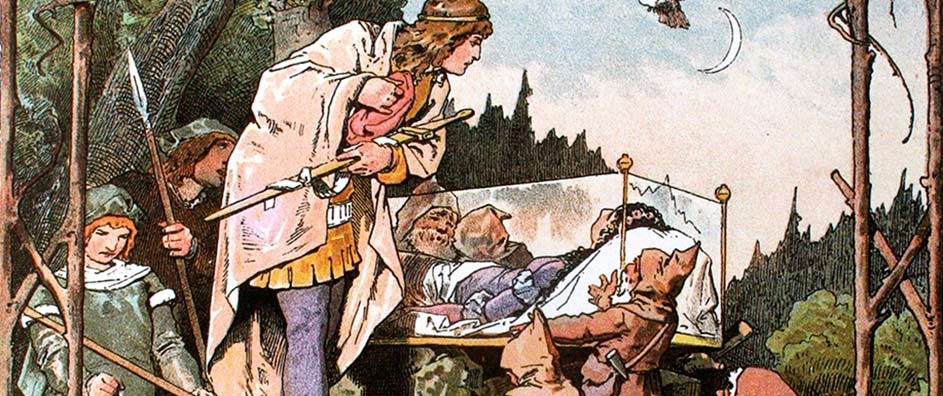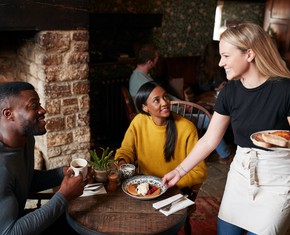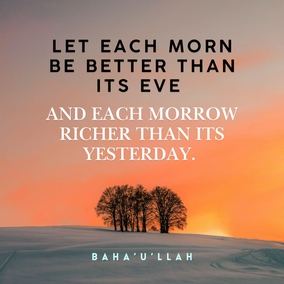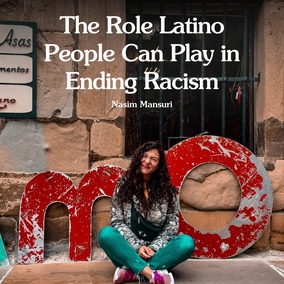The views expressed in our content reflect individual perspectives and do not represent the authoritative views of the Baha'i Faith.
Yes, I’m that mom. You know — that mom who won’t let her little girls play with Barbies because of their unrealistic bust and waste size. I’m that mom who never let her kids see Cinderella. And, if they did happen to accidentally view a Disney fairytale about a princess whose only goal in life was to receive “the kiss” and be rescued by a prince, I would quickly explain that they were perfectly capable of rescuing themselves, and kisses weren’t appropriate behavior at their age anyway.
I ascribed fairytales to a mostly meaningless, morally questionable, and gender-stereotyping place in my brain. And, my kids know it. Once, I overheard my then-five-year-old talking to a friend during a playdate about the absence of Barbie dolls. She dutifully reported, “My mom doesn’t like Barbie. She thinks she is too pretty.”
Well….that’s not exactly what I was going for.
 Recently, my nine-year-old very thoughtfully asked me, “Mom, there is a TV show that all the kids are talking about. I feel really left out and would like to watch it. Can we watch it together and you can see what you think?” We don’t have cable and rarely turn on the TV. She knew it was a big request, but I couldn’t refuse her thoughtfulness.
Recently, my nine-year-old very thoughtfully asked me, “Mom, there is a TV show that all the kids are talking about. I feel really left out and would like to watch it. Can we watch it together and you can see what you think?” We don’t have cable and rarely turn on the TV. She knew it was a big request, but I couldn’t refuse her thoughtfulness.
I sat next to her and watched the eight-minute YouTube clip of this show. It was about sons and daughters of fairy tale characters who all go to high school together. Yes, that’s right – Cinderella’s daughter, Prince Charming’s son, etc. meeting up in the cafeteria, going to class, and having dramatic social lives. The girls wore high heel shoes that looked physically impossible to stand in, an amount of makeup that only a clown might wear, and very short skirts. Immediately turned off, I gave my daughter a look and she pleaded, “Just wait, mom, watch.”
I watched and, OK, so the evil witch’s daughter wanted to make her own destiny and not be like her mom. She is nice to animals and wants to be good. The moral of the story is that you don’t have to follow the evil patterns of your parents and define your own destiny. I reversed my urge to immediately turn it off and decided to wait. I told her that mommy and daddy had to talk about it.
We decided to let her watch it (even as I write this, I’m still not sure it was the right decision) so long as she read the original Grimm’s Fairytales. After each one we sat down to talk about the (1) difference in the original and the Disney version, (2) the meaning of the story (which had its own historic and cultural context), and (3) the spiritual principle that was involved in the story’s meaning.
No sooner did we decide this than I had serious doubts about my ability to find deeper meaning in the fairytales I only superficially knew and pre-emptively disliked. I went online and searched for “deeper meaning of Grimm’s fairytales”. I found a book written by a child psychologist and fairytale historian. It completely changed my perspective on what I thought were meaningless/harmful stories, and it allowed me to find the long-lost spiritual principles I was looking for.
First, a word on parables. Parables – stories that teach a moral or spiritual lesson – have been a human tradition for as long as we’ve had language. The Baha’i Faith teaches that both as individuals and as a society, we learn in ways that are relevant to our stage of development. Past prophets of God brought teachings and laws relevant to the stage of humanity’s maturity when they came. Likewise, we teach children lessons and concepts when they can understand them, and not before. In fact, the Baha’i writings warn us:
Follow thou the way of thy Lord, and say not that which the ears cannot bear to hear, for such speech is like luscious food given to small children. However palatable, rare and rich the food may be, it cannot be assimilated by the digestive organs of a suckling child. Therefore unto every one who hath a right, let his settled measure be given. ’Not everything that a man knoweth can be disclosed, nor can everything that he can disclose be regarded as timely, nor can every timely utterance be considered as suited to the capacity of those who hear it.’ Such is the consummate wisdom to be observed in thy pursuits. – Selections from the Writings of Abdu’l-Baha, pp. 268-269.
Adults learn spiritual concepts and children learn moral lessons through one particularly effective and timeless way — parables. When asked about the use of parables in religions of the past, Abdu’l-Baha, the son of Baha’u’llah, replied:
Divine things are too deep to be expressed by common words. The heavenly teachings are expressed in parable in order to be understood and preserved for ages to come. When the spiritually minded dive deeply into the ocean of their meaning they bring to the surface the pearls of their inner significance. There is no greater pleasure than to study God’s Word with a spiritual mind. – Abdu’l-Baha, Abdu’l-Baha in London, p. 79.
You May Also Like
Comments

















I hope you are able to find these versions even older than the "original" Brother Grimm versions.
http://en.wikipedia.org/wiki/Aarne–Thompson_classification_system
I also hope the classification system helps you find more variant versions as well to read to your children. I also find the categorization will help with your spiritual themes of fairy tales.
parables. I do not keep my children from watching the Disneys but I talk
with them about the tales and try to influence, foster the
understanding of the deeper meaning, explaining how entire characters
can be aspects of our souls. I made that deeper meaning discovery before
I got children in my late teenage years through the writings of
Clarissa Pinkola Estes, starting with "Woman who run with the wolves".
They are a rich treasure of interpretation help.